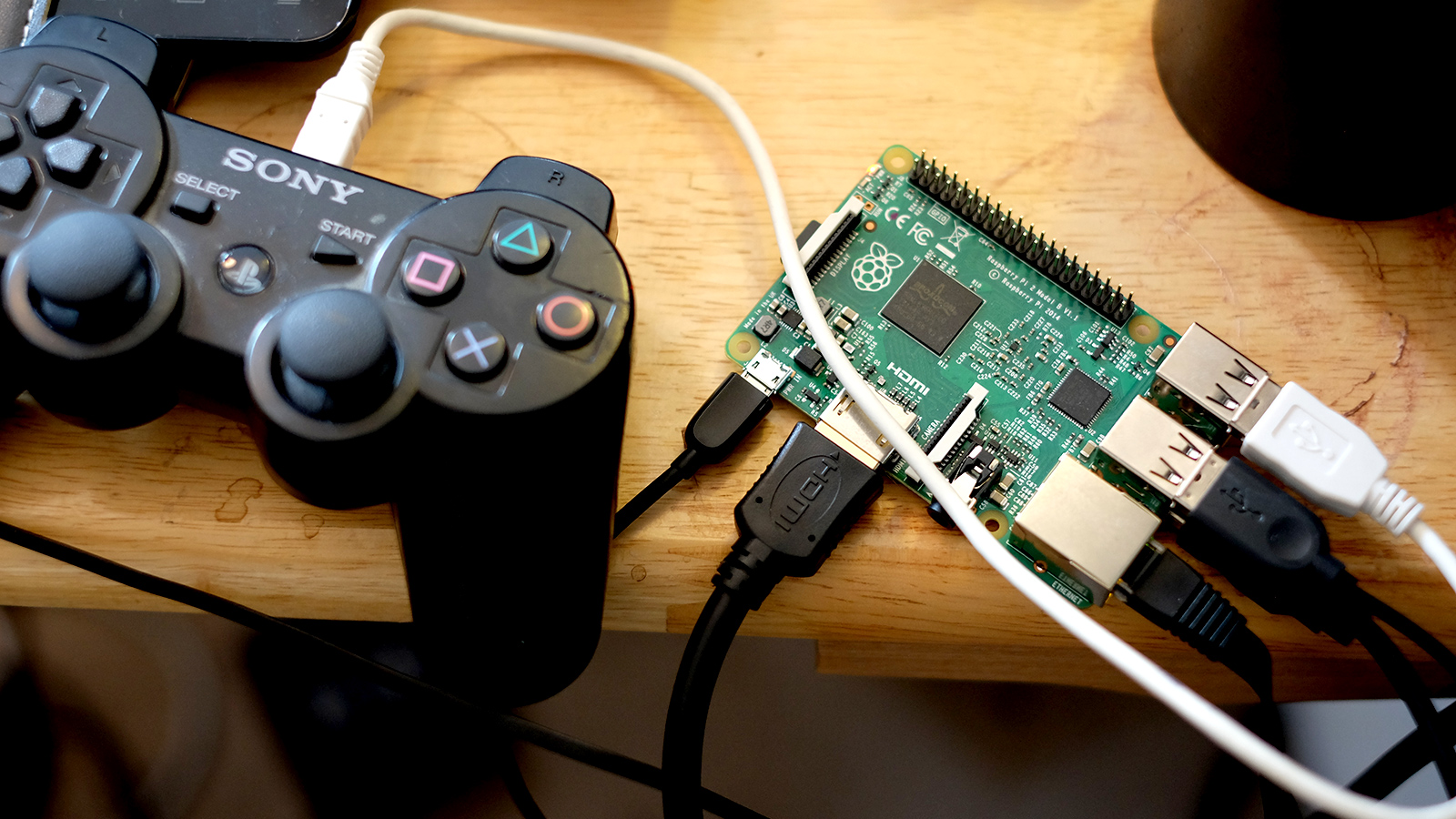
- #RASPBERRY PI EMULATOR MAC OSX HOW TO#
- #RASPBERRY PI EMULATOR MAC OSX INSTALL#
- #RASPBERRY PI EMULATOR MAC OSX DOWNLOAD#
# First take eth0 down, then bring it up with IP 0.0.0.0 # some constants specific to the local host ? change to suit your host # first parameter is name of tap device (e.g. # script to bring up the tun device in QEMU in bridged mode Sudo mv /etc/qemu-ifup /etc/qemu-ifup-original You may well already have qemu-ifup and ifdown files so rename them to make way for new ones: If not create it manually by typing the following commands Look in the /dev/net folder and check a node called tun has been created. Insert the TUN device module to the kernel
#RASPBERRY PI EMULATOR MAC OSX INSTALL#
Sudo apt-get install bridge-utils uml-utilities openvpn firestarter Its painful on linux but here's as simple a solution as we've found: Qemu doesn't sort out an network bridge so you've got to provide it yourself. The physical memory map on versatile hardware does not allow more than 256MB of space for RAM and as we're using the versatile kernel we can't have more. You might be tempted to alter the "-m 256" to something more useful like "-m 1024"? You can't, you'll just get a black screen of nothing. Qemu-system-arm -kernel kernel-qemu -cpu arm1176 -m 256 -M versatilepb -no-reboot -serial stdio -append "root=/dev/sda2 panic=1" -hda my_rpi_image.img Rename the ,iso image file to the following so all of the command below will work with a single common name (or leave it as is and modify the name in the commands below) Copy this into the raspberrypi-qemu directory used above. Now use Win32DiskImager to read the SD card and create an. #/usr/lib/arm-linux-gnueabihf/libcofi_rpi.so Now insert a # as the start of the only line in there to comment it out, giving: You still need to edit the "/etc/ld.so.preload" file as it will stop you being able to log on in qemu (it causes the load of some shared-library, which will make you unable to login causes "kernel panic" apparently), so from the command line on the RPi use: You can do the normal things like expand the filesystem to fill your SD card, which will mean you get the same size of disk in qemu also.

Just setup your SD card as you normally would for the raspberry pi and run it in a raspberry pi. There's another way to deal with this though that we used instead.

#RASPBERRY PI EMULATOR MAC OSX HOW TO#
This typically causes the error "INIT: ID "1" respawning too fast: disabled for 5 minutes" and if you search on that error message you'll find guide of how to edit the "/etc/ld.so.preload" file within the iso to make it ready for use. The new images don't just work due to the new "/etc/ld.so.preload" file in in the raspbian image. This can be by downloading the latest Raspbian image file from. img file into the raspberrypi-qemu directory.
#RASPBERRY PI EMULATOR MAC OSX DOWNLOAD#
Download a QEMU-ready linux kernel for the Raspberry Pi from hereĬopy your.

Create a directory for our virtual os filesģ. Most of the steps below are based on typing commands into the Terminal application in ubuntu.Ģ. We gave it 2 processor cores and 2GB or ram (no science to this – just for info). We're windows users primarily and we did this using ubuntu 64bit running in vmware workstation. This guide is based heavily on the brilliant page here which you may want to follow instead


 0 kommentar(er)
0 kommentar(er)
